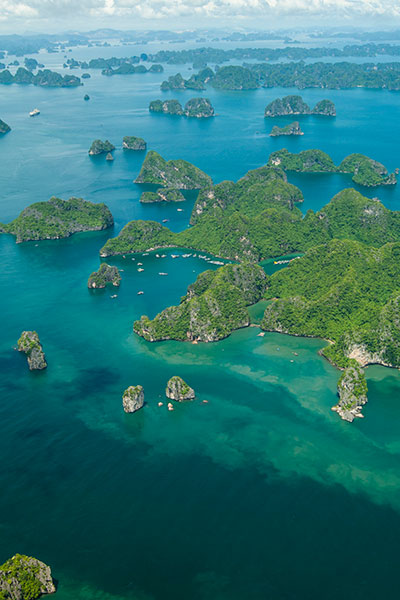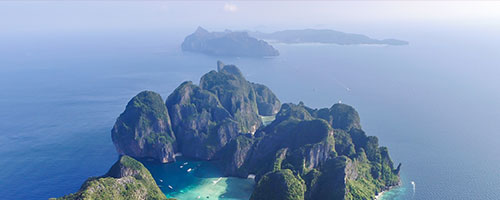Carbon offsetting means compensating for the carbon-dioxide pollution you’re making (your carbon footprint) by preventing the same amount of pollution from happening somewhere else. More precisely, one carbon offset means compensating for emitting one tonne of carbon dioxide (CO2) into the atmosphere by preventing a tonne of CO2 from entering the atmosphere elsewhere on Earth (for example, by investing in renewable energy) or by removing a tonne of CO2 that’s already up there (by supporting something like tree planting—since trees pull CO2 from the air when they grow).
Carbon footprint from tourism is the total amount of greenhouse gases (like carbon dioxide), produced directly and indirectly by a person, organization, event or product. The biggest emissions are generated from transportation, accommodation, general office business, and tour packaging materials.
OUR CARBON OFFSET POLICY
- Measuring the carbon footprint associated with traveling by using a carbon emission calculator (from companies like Carmacal), then planning how to reduce that footprint through alternatives products and participation in carbon offset activities (like planting tress).
- Our voluntary offset projects aim to stimulate efficient economic development and environmental benefits for local communities.
- Good carbon offset projects boast these supplemental benefits for the communities in which they take place by spurring economic development, improving the quality of life, and inspiring social development projects.
By supporting offset projects, Easia Travel also delivers potential to foster sustainability benefits alongside technological development as we expand.
OUR PROGRAMS
○ One course of action is to focus on local, as opposed to larger, international projects, which are easier and more efficient to operate and monitor. Small-scale projects also typically benefit local and rural communities providing direct sustainable development and/or social benefits.
○ Our carbon offset projects, conforming to strict standards, will:
- Be quantified and monitored.
- Be independently verified.
- Be unambiguously owned and listed in a registry.
- Address permanence (the ability of a project to maintain carbon reductions over time).
- Not cause or contribute to adverse effects on human health or the environment, but instead seek to provide health and environmental mutual benefits whenever possible.
- Screening process: We work with projects with which we already have a relationship, in order to develop and maintain our collaborative efforts.
FUTURE PLANS FOR CARBON REDUCTION
○ First Steps Toward Carbon Offset:
- Contact organizations and offset calculators for data on our carbon emissions.
- Contact projects which have already worked with or have already integrated carbon offset plans, which will be beneficial for experiential and efficient training of our own staff.
○ Accountability and Challenges
- Credibility: When we introduce a carbon offset scheme at Easia, we ensure it follows a set of enforceable standards. The quality of the projects needs to be assessed in terms of their reliability, potential for development, and permanence.
- Availability of information: We will need to work very hard to collect, analyze, and make transparent the data we receive from these projects. However, this is why we take steps to hold ourselves accountable via third parties and strict sustainability guidelines.










 English
English
 French
French
 German
German
 Italian
Italian
 Spanish
Spanish

